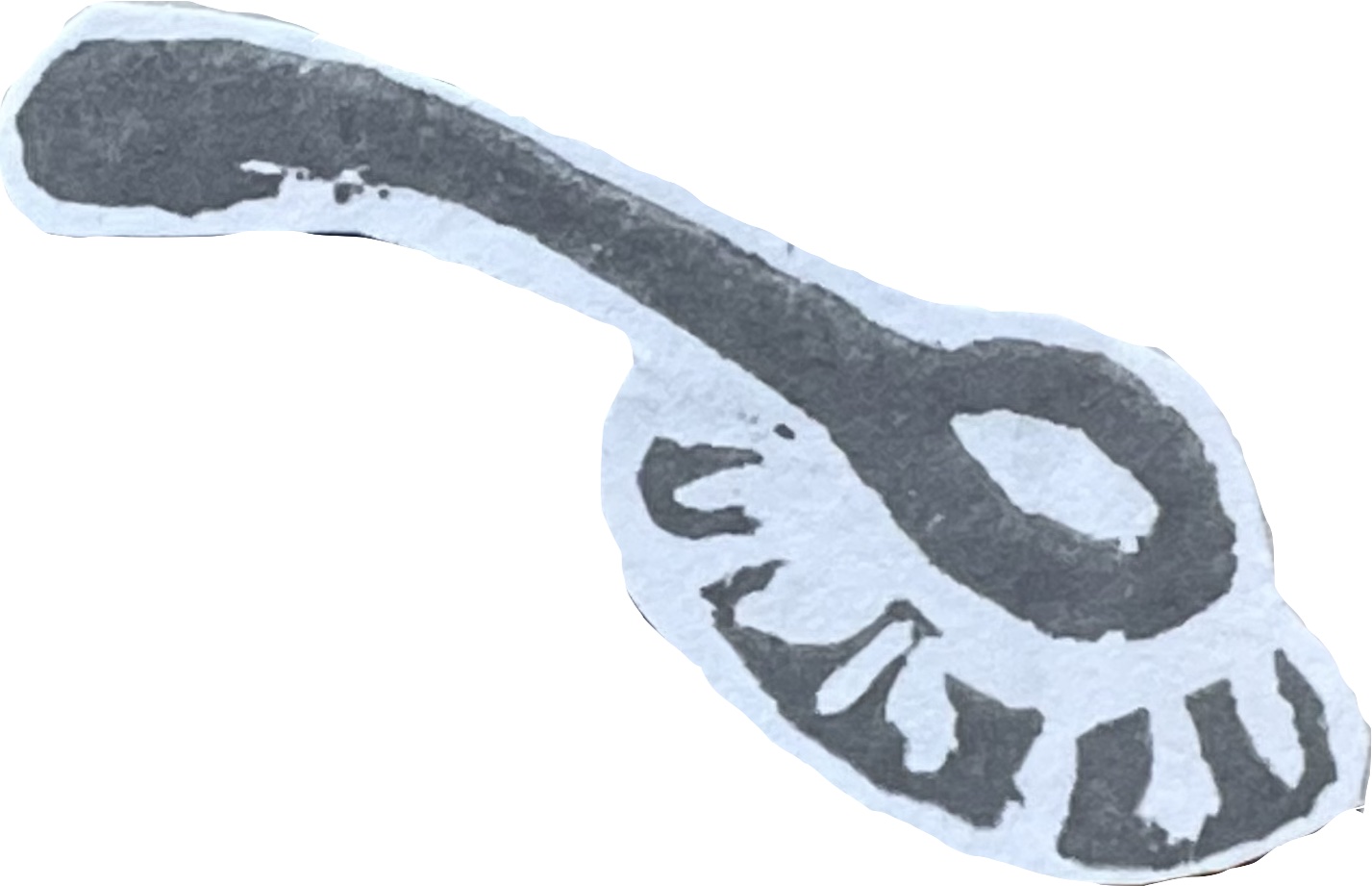Crafting Empathy
A Conversation Archive & Anthology
What can crafted objects teach us about care, trust, and collaboration? And how might these same objects continue to perform as channels for affective and activist work, outside their maker’s control?
“Empathy” was added to the Oxford English Dictionary in 1895 as “the ability to understand and appreciate another individual’s feelings,” in addition to “mentally identifying oneself with an object of contemplation.” Even the Victorians seemed to understand the relational structure of “feeling into” another individual or thing. Then, as now, the “identifying oneself with an object” aspect of empathy is not an easy or comfortable feeling. Rather, empathy can be destabilizing to one’s identity—softening the discrete boundaries of one’s physical and emotional being.
Empathy is a transcendent and ordinary experience. This project seeks to explore the connection among craft, empathy, and process through conversation and art making.
Aaron McIntosh
“At least in my practice, kinship has a kind of materiality. Because when I go through the process of quilting and I’m pulling from for the most part, I’m often working with fabrics that bring their own histories with them or they have their own connections to family and to physical blood family in my life, but also former lovers, close friends.”

Irin Mahaparn
“I’m seeking out an empathetic connection between myself and perhaps an imagined past, or people in my life that I didn’t get to know well and wished I knew better.”

Kira Dominguez Hultgren
“An empathetic process with materials is an understanding that pieces or materials, especially maybe moments of peace, really prompt the way that I begin imagining or thinking or approaching the next piece.”

Marisa Finos
“Every piece or every vessel that I’ve made has been a container for me to understand my connection to other people and so they all become very specifically tailored towards how someone chooses or doesn’t choose to interact with me, or if it’s actually physical or passive interaction.”

Rachelle Dang
“When [my students] confide in me about their challenges and feelings, I try to reflect on the emotions I felt at the same age, yet also relate to them person to person, balancing my roles as teacher, mentor, confidante, and as someone they trust who might understand where they are coming from.”

Shannon Palmer
“Empathy is all about genuinely connecting with another person or the situation as a whole. And to me it feels like collaging is also grounded in the connecting, or finding the symmetries between the physical and even the emotional one.”

Terri Friedman
“For me, my weaving is a place of healing and of repair, it’s not the place to go feel the feelings. It’s actually to calm the feelings for me through that repetitive motion. As someone who is wired for too much empathy I have found weaving is my medicine.”

About Crafting Empathy

